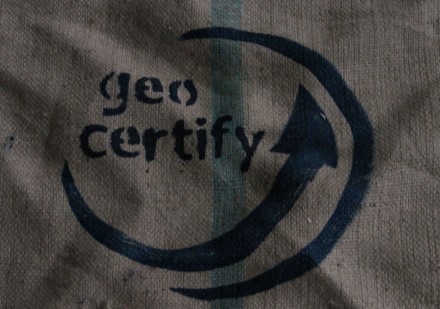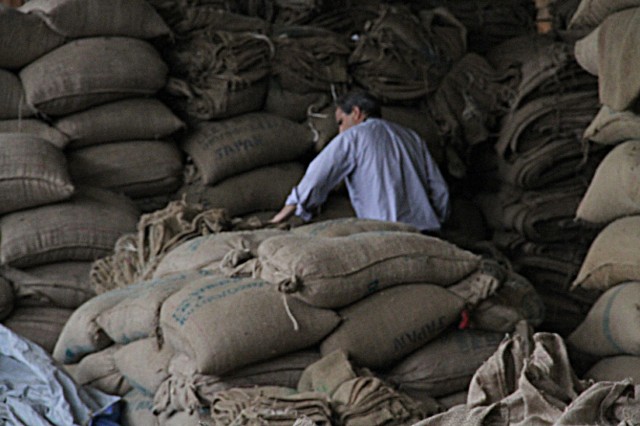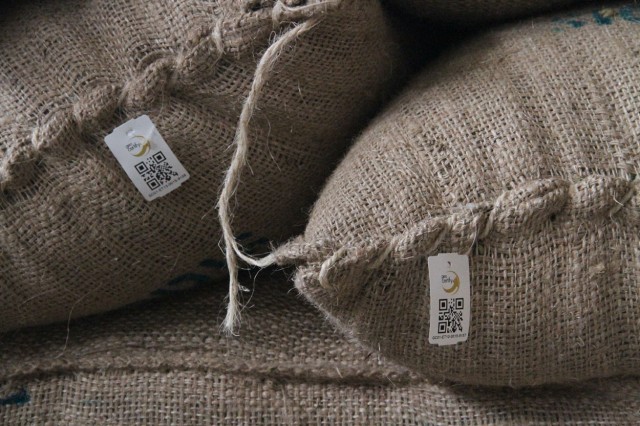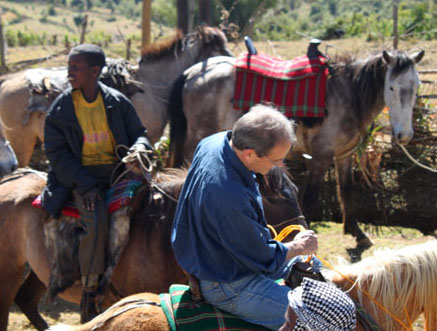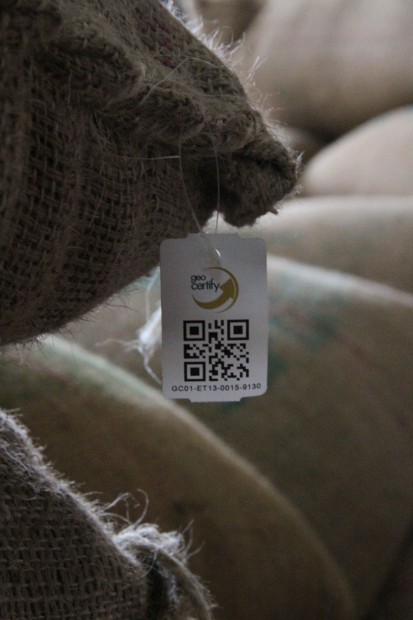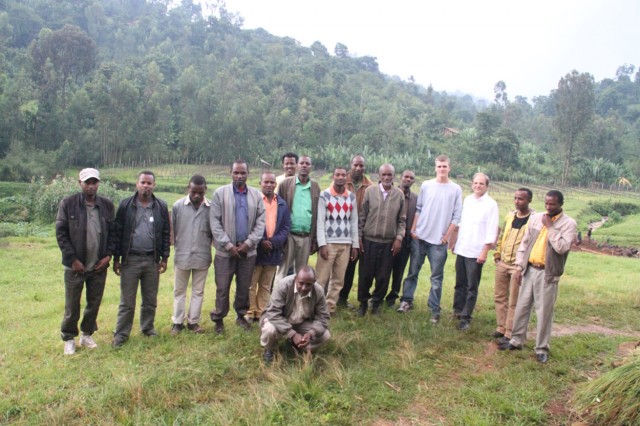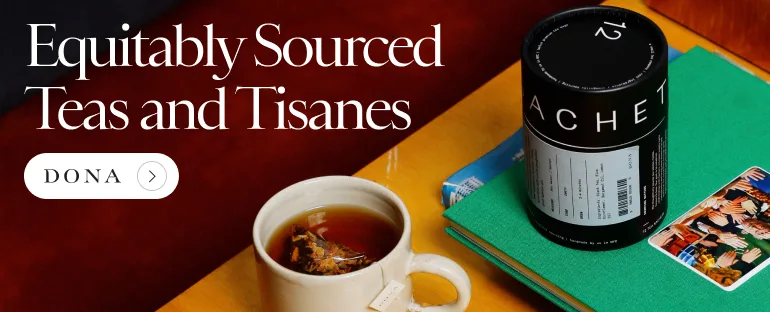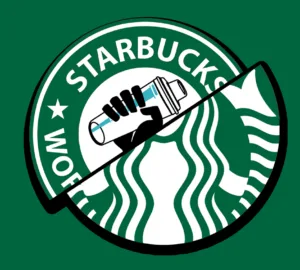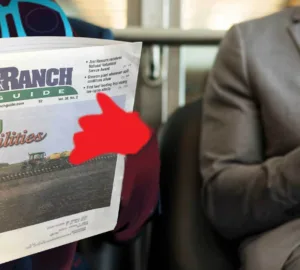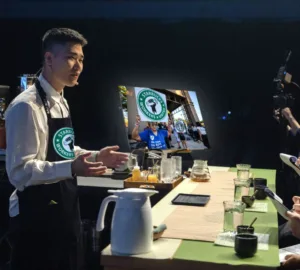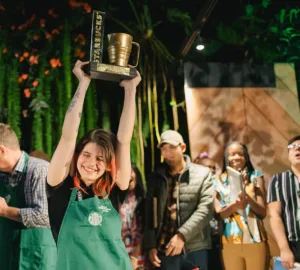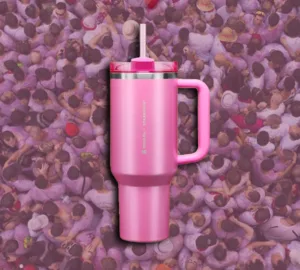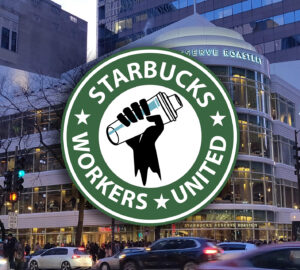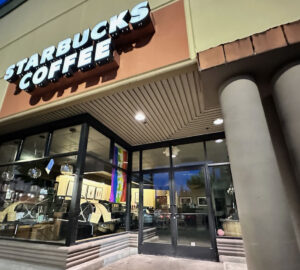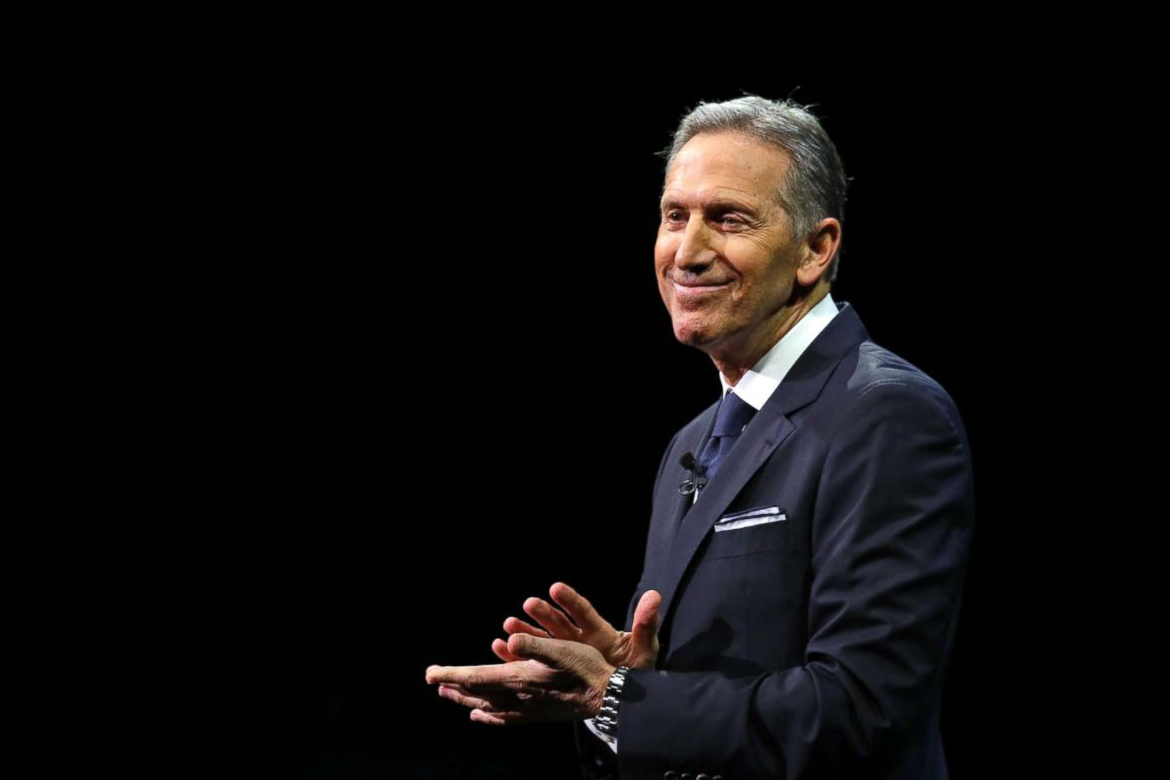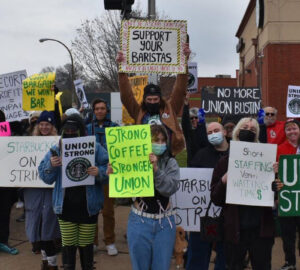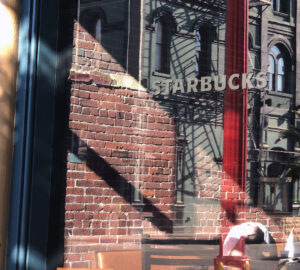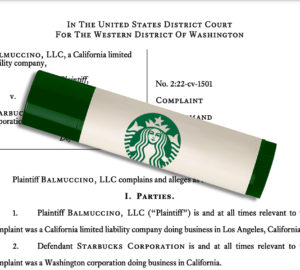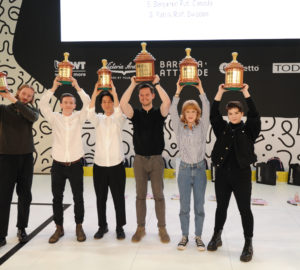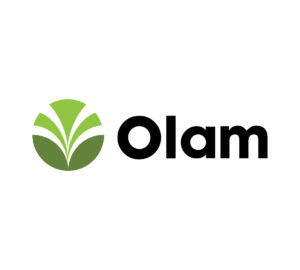The world’s first traceable ECX coffee, roasted by one of the best roasters in the country, from a company you’ve probably never heard of.
Seen from a certain vantage, specialty coffee right now looks a little like MTV’s Spring Break coverage from the fratty glory days of the early naughts: It’s all about being maximally see-through. Whether we’re talking wet t-shirt contests a decade ago or traceable single origins today, the key word is transparency.
Matthew Hodges isn’t into dousing folks with buckets of water (we assume), but he’s into seeing through things—especially the notoriously opaque Ethiopia Commodities Exchange (ECX). The ECX reorganized the private coffee trading system in Ethiopia which made obtaining washing-station specific coffee more difficult, since any coffee traded in that system was classified regionally instead of at the washing station level. Much of Ethiopia’s traceability under ECX was reduced down to the regional level – see those regional classifications here – and while co-operatives, which are everywhere in Ethiopia and produce a large amount of coffee, were allowed to bypass the ECX, much of the rest of the country’s production lost its washing station specificity in favor of grades, zones, and contracts.
Hodges, the CEO and founder of a company called GeoCertify, wants to change all that. Proof that it can be done sits on my kitchen counter: A white foil bag, labelled with a QR code and the words Hawasa-106. Inside is something quite special—the first traceably sourced, washing station specific ECX coffee in the world. Scan the code on the bag with a mobile phone or type a code into the GeoCertify website and you land on a rudimentary webpage that delivers video of the coffee being loaded into jute bags at the dry mill. Workers stich barcodes onto each bag before loading them onto trucks. Also on the site, a Google map pinpoints the location of some of the mills.
“This represents the pinacle of traceability, bringing coffee through the wonderful thing that is the Ethiopian supply chain,” says Hodges, with just a touch of irony. Single origin coffees (farm- and mill-specific) are relatively easy to trace, though this is rarely done formally. But things are vastly more complex when coffees from different mills and farms are mixed prior to export, like the majority of coffee coming through the ECX, and bulk coffees exported from pretty much anywhere. “With Hawassa 106, we know exactly where it comes from—this lot contains coffee from about 16 mills from 6 woredas (townships).” The source map that appears when you scan the QR code shows 5 of the mill locations, and Hodges will soon be adding details like mill elevation. Though he is still refining web and mobile interfaces, the potential is immediately obvious. Theoretically, thanks to Hodges, instead of labeling Ethiopian coffee by its zone – “Yirg Grade 2” or “Gelana Abaya” – it could be labelled with information specific to the contributing washing stations. In same cases this could be as many as 16 mills— probably a terrible marketing tactic, but a boon nonetheless for coffee companies that pride themselves on offering deep specificity and information to their customers.
The coffee in the white foil bag on my counter is good but not great—with beans from over a dozen mills, there’s no clarity of flavor. But that’s not the point, or at least not yet. “We’re trying to help ECX to focus their coffees better,” Mr. Hodges says. Without traceability, once beans arrive at an export warehouse, it’s been impossible to know which mill or microclimate shaped them. Hodges believes that GeoCertify can help the ECX ensure coffees aren’t being accidentally mixed across regions or grades. Even better, they can proactively group coffees that hit a desired profile. To get to this point, Hodges worked collaboratively with the ECX, rather than cursing or fighting it. “As frustrating as it sometimes is, this system was created to help farmers, and by and large it does,” he says. This is not a narrative of “Western Technologist fixes problem in Africa”—the development of GeoCertify has been an open collaboration between Mr. Hodges, his partners, and the ECX.
Aside from impacts on quality, there are obvious benefits of traceability for the people managing supply chain logistics. “It’s kind of like looking at a FedEx receipt—it’s mostly interesting if something goes wrong,” says Hodges. But the real value is in the potential it opens up for storytelling (read: marketing), especially for bigger roasters buying bulk coffees. With GeoCertify Hodges can tell a buyer that, say, 80% of the coffee in a lot was produced by three farmers. That helpfully narrows the lens for what story can be told with the data. “The real riddle is: You’ve traced it to origin, how can you make it interesting to me, the buyer?”
The future promises to place higher traceability demands on coffee roasters anyway, and especially for ones that make sustainability claims. Companies that trace their own coffee, like Starbucks does through its C.A.F.E. standards program, run the risk of not being percieved as credible by consumers. “Traceability to the farmer level is a pre-requisite to any certification,” says Hodges. And in Ethiopia, the loss of producer identity through the commodity exchange mechanism has been “a major problem for large coffee companies, the heart of the problem.”
An ardent technologist who was a visiting scientist at MIT from 1987 to 1994, Hodges has been interested in the intersection of tech and traceability for years. In 2003, he was hired by the Office Rwandaise de Tourisme et Parcs Nationales to create Virtual Rwanda, virtual tours of the country using maps and 360-degree-photo technology. The purpose was to help reboot the country’s economy by rebuilding its reputation as a safe tourism destination after the genocide. Working in Rwanda, Hodges saw the deep potential for technology to communicate the richness of cultural indentity—to give it edges and shape instead of “flattening” it. In 2004, he added virtual tours of 25 coffee washing stations to Virtual Rwanda. Sensing the potential, OCIR Café (the Rwandan Coffee Board), hired Hodges to help market Rwandan coffee.
By 2008, Hodges decided to combine his emerging expertise in traceability with his growing interest in African coffee. “As I learned more about coffee, I realized the risks farmers were exposed to,” he says. To help manage risk and produce higher quality, he founded GeoCertify and began by tracing coffees through the Rwandan supply chain. The Rwanda project was underway right as the ECX was coming online and Hodges thought his system might be adaptable to coffee’s most vexing transparency problem: the ECX. He started talks with the exchange in June 2010, and launched the first pilot project in November, working with the Sidama Coffee Farmers Cooperative Union (SCFCU).
As for that white foil bag—what is a technology company doing roasting coffee? Dogfooding. In 2009, Hodges started Peace River Coffee, a tiny roasting company that allows him to test the GeoCertify technology. (The practice of having to use your own code is known in the tech world as “eating your own dog food.”) Through Peace River, Hodges has built out a test platform to showcase the full potential of traceability software to engage consumers—like the QR codes that landed me in a virtual Ethiopian dry mill. The coffee is being roasted by Hodges’ pal, Jamie van Schyndel, the master roaster and co-owner of Boston’s Barismo. “I have been learning from that guy for years about fine coffee and what goes into it,” says Hodges with reverence.
Peace River is a tiny sandbox for Hodges’ big ideas. They may get their biggest showcase yet in the fall, when one of his most notable clients—Starbucks—releases coffees imported through the exchange. That would be a significant showcase for Hodges as he works to attract bigger-name clients, the Krafts and Nespressos of the world. Like global companies everwhere, they are increasingly under pressure to verify their supply chains and sustainability claims. (On the evidence of recent examples, like milk scares in China to garment factory fires in Bangladesh, consumers want to know where things are produced and under what conditions—at least after something goes wrong.)
This fall, Hodges plans to launch GeoCertify-ID, a platform that will allow coffee to be coded to individual farmers when it’s delivered to the mill (it’s currently only traceable to the mill level). Besides providing obvious marketing potential, this will make it easier for coffees to be verified as compliant with certifications like Fair Trade and UTZ, without disrupting the structure or functioning of the market.
“In the end, the guy who benefits is the guy who has his own identity recognized by this system,” Mr. Hodges told me. In his opinion, “if you can give farmers an opportunity to establish their identity in a global marketplace, you’ve given them a little tool, a wedge. It can mean a better life for them and their families.”
Hanna Neuschwander (@hneuschwander) is the author of Left Coast Roast, “a guide to artisan and iconic coffee roasters from San Francisco to Seattle” published by Timber Press. She is a regular contributor to Portland Monthly, Edible Seattle, Willamette Week, and Sprudge.com.











